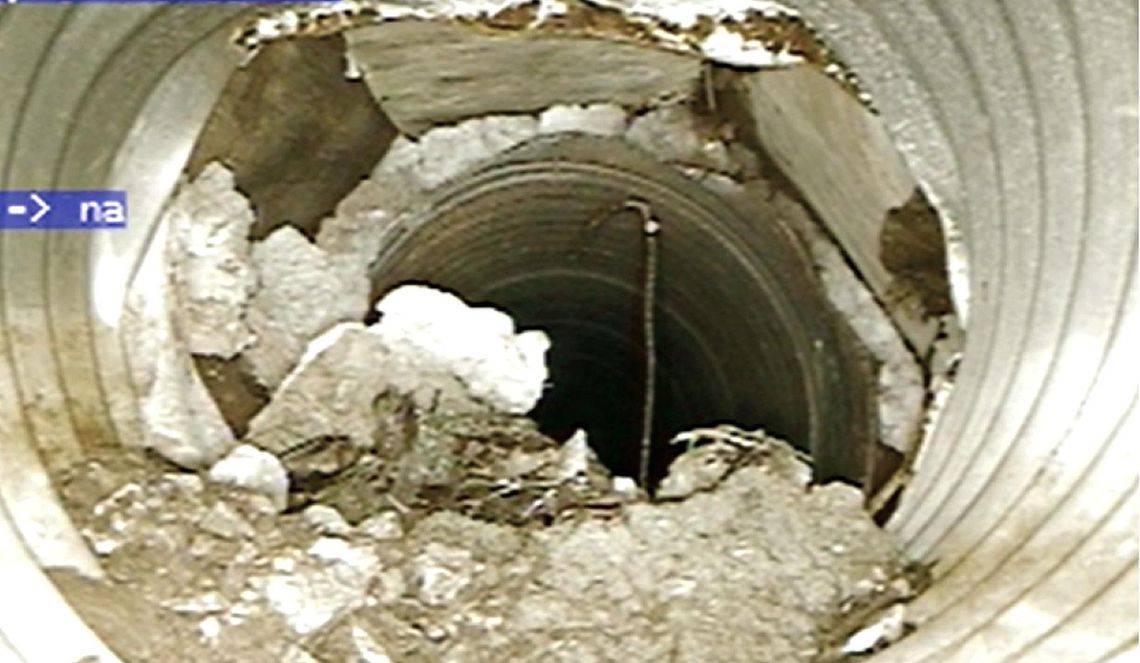City officials are looking into ways they may be able to address drainage woes in the Country Club Estates subdivision, but also said any corrective actions may cost the homeowners. In order to learn more, the City had an assessment done by Poe & Associates, who are consulting engineers.
The drainage assessment was completed and a report, from Poe & Associates’ Project Manager Shawn O’Leary, was given to the Newcastle City Council during their May meeting.
The City determined it will continue to look into possible solutions for the problems there, but they also continue to reiterate that the area was planned and approved by the City as an open roadside bar ditches system of drainage.
Residents there have complained about large flows of water hitting the arches at the street radius and undermining the concrete roads. They said water continues flowing down the roadways instead of the drainage areas. The assessment indicates that many of the front yards have been converted from bar ditches to underground pvc or piping of various sizes. At the same time, some of the front yards have been raised above the height of the roadway, according to Council members.
The assessment says an original covenant filed in McClain County on the subdivision, says “no lot owner shall construct or permit to be constructed, any fencing or other obstructions to the water drainage system.” And, city code requires property owners or homeowners associations to maintain roadside bar ditches. Council members noted that there are several in Newcastle subdivisions.
Country Club Estate homeowners said a problem is that the City has been inconsistent in the past when telling homeowners what to maintain or what to install on their properties.
Artie Puckett, who is a resident on N.W. Terrace, said a previous city inspector told him to install a French drain and other items for his drainage. Craig Smith, also a resident of N.W. Terrace, said that during his final inspection in 2013, the inspector told him the pipe that was underground in the area had to be continued on from his property. Smith said the inspector told him to move his planned driveway location to another area out of the way so it would allow the existing underground piping to continue on to the subdivision’s drainage pond.
Smith also said he was required to put in piping and regrade the front of his home before he could get a certificate of occupancy.
A second drainage area, originally planned in the subdivision, went through some of the backyards. Water running in this area was moving too fast and was creating problems, according to homeowners, and the City came out to build a curb and gutter at the top of the subdivision. This is believed to be contributing more water to that which was already draining down the streets.
Improvements to the area, recommended by the Poe & Associates assessment, include renovating the roadside ditches to their original condition.
They said an alternative might be to install pvc drainage basins upstream of the affected driveways, repair the public storm pipeline, and regrade roadside ditches on Country Club Road.
It is not known how much the City can do or should do, but there is time to make those decisions, according to Mayor Karl Nail. The assessment indicates that the drainage issue is not a chronic or urgent problem, and there is reasonable time to pursue improvement plans. As well, the public streets are in fair to good condition.
Regardless of timeline, the assessment states that the drainage system must be repaired to avoid further damage.
M ayor Karl Nail said, “For the city to come in and replace the underground system, and divert the water to make sure it all stays within the drainage system, it would be extremely expensive. We’ll be having more discussion.”
The mayor said there’s a lot of concern by the neighbors, and the City neither has the ability, nor are they going to get into the habit of addressing these situations when the best scenario is to go back to the engineering as it was originally designed.
“Many agree that there’s a lot of water moving down the street. There’s a lot to look at,” Nail said. “We might be able to look at repairing some structures that are there.
“I think it’s worth looking at some of the options the residents have put forth related to the inlet boxes.”
He continued, “There are installation issues and excavating, and then there are also the underground connections, but it might be worth exploring.”



